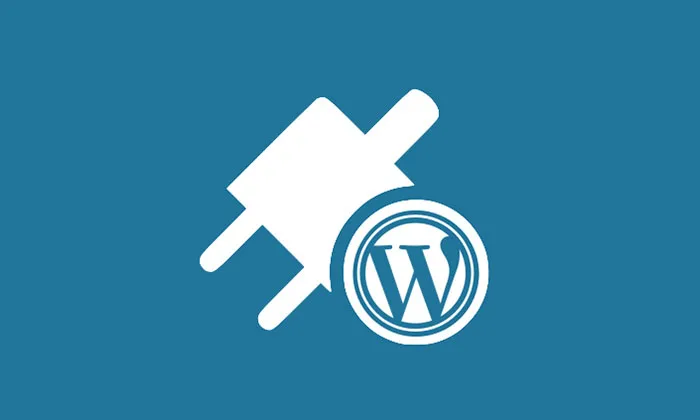Shielding Your WordPress Site from Session Hijacking: A Comprehensive Guide
Session hijacking is a serious security threat that allows attackers to take over user sessions, potentially gaining access to sensitive information and wreaking havoc on your WordPress site. Understanding the risks and implementing effective security measures is crucial to protect your website and its users.
Understanding the Threat
Session hijacking occurs when an attacker steals a valid user session ID, allowing them to impersonate the legitimate user. This is often achieved through techniques like:
- Cross-site scripting (XSS) attacks: Malicious code injected into the website can steal session cookies.
- Man-in-the-middle attacks: Attackers intercept communication between the user and the website, capturing the session ID.
- Brute-force attacks: Attackers attempt to guess session IDs through automated tools.
Once an attacker has hijacked a session, they can perform various malicious actions, such as:
- Accessing sensitive data: The attacker can view and steal confidential information stored in the user’s account.
- Making unauthorized changes: They can modify site settings, post content, or delete data.
- Performing financial transactions: In e-commerce sites, the attacker can make unauthorized purchases using the hijacked session.
Implementing Robust Security Measures
Here’s how to secure your WordPress site against session hijacking:
1. Keep WordPress and Plugins Updated: Regularly update your WordPress core, plugins, and themes. Updates include security patches that address vulnerabilities exploited by attackers.
2. Utilize Strong Passwords: Encourage users to employ strong, unique passwords for their accounts. Using a password manager can help users create and manage complex passwords.
3. Enable Two-Factor Authentication (2FA): 2FA adds an extra layer of security by requiring users to enter a code from their mobile device in addition to their password.
4. Secure Your Session Cookies:
- Set secure and HTTP-only flags: Ensure session cookies are only transmitted over HTTPS and can’t be accessed by JavaScript.
- Use a short session timeout: Configure a short session timeout to minimize the window of opportunity for hijacking.
5. Implement a Secure Login System:
- Use a trusted login plugin: Plugins like Loginizer and Google Authenticator can enhance login security.
- Disable user enumeration: This prevents attackers from discovering valid usernames by testing different combinations.
6. Monitor Website Activity:
- Install a security plugin: Plugins like Wordfence and Sucuri can monitor website activity, identify suspicious behavior, and provide alerts.
- Use a web application firewall (WAF): A WAF can help block malicious traffic and prevent attacks like session hijacking.
7. Educate Users:
- Raise awareness about session hijacking: Inform users about the risks and best practices for online security.
- Encourage users to report suspicious activity: Prompt users to report any unusual activity on their account.
Protecting Your WordPress Site
Session hijacking poses a serious threat to your WordPress site’s security and the data of your users. By implementing the security measures outlined above, you can significantly reduce the risk of this type of attack and ensure the safety of your website and its valuable content. Remember, staying vigilant and proactively securing your website is essential for maintaining its integrity and preventing unauthorized access.
